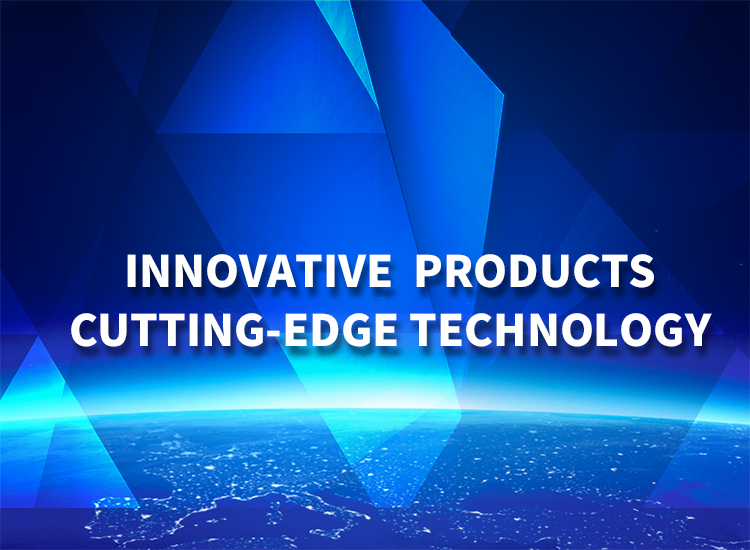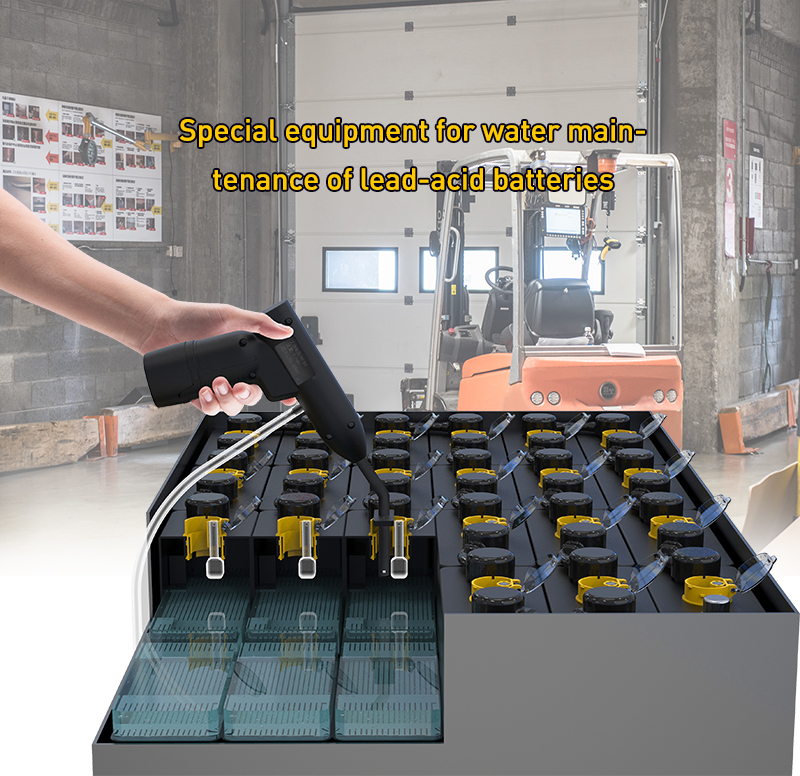欢迎您访问湖北联鸿能源科技有限公司网站,我司主营汽车蓄电池配件、工业蓄电池维护保养产品
全国咨询热线:0710-3313598


 Technology
TechnologyRecently, many enthusiastic netizens are very concerned about the correct steps of adding water to the battery, and often see someone add "water" to the battery! What water does electric car battery need to add? This question. Others want to know how to fill water bottles. In this regard, I have collected related tutorials, hoping to help you.
Correct steps for adding water to the battery
It is recommended that you can use a special water adding tool for the battery - the battery water gun to add water, the lead-acid battery water adding operation is complicated and easy to error, the manual water adding control is not accurate, too much or not enough water will affect the balance of the battery characteristics and lead to the reduction of the battery service life, and the operator is prone to safety risks in the face of acid corrosion. The battery water gun is a special tool developed and produced by our company, dedicated to the maintenance of lead-acid battery water, which can make the water maintenance work more efficient and convenient, and can solve the problems of inaccurate manual water control, too much or insufficient water.
1. Connect the hose to the water inlet and place the end in distilled water or deionized water
2. Before adding water to the battery, adjust the limit stop to an appropriate position and lock it as required
3. When it is necessary to add water, put the muzzle into the battery injection plug, press the water switch, and the water injection gun starts to work, pump water from the water inlet, and inject water into the target battery through the muzzle. At this time, the working indicator light is green.
4. When the liquid level meets the requirements, the water nozzle will automatically stop working and the working indicator will turn red. In order to avoid failure of the water charging switch at this time, remove the muzzle from the battery and the water charging switch will return to normal function.
Battery water gun is a battery water maintenance tool independently developed by Lianhong. Built-in water pump, mobile power supply, liquid level induction circuit, can easily fill the battery water, one key water supply, water full induction stop, can effectively ensure the consistency of water level, can effectively improve the efficiency of water maintenance, to ensure the consistency of battery unit characteristics after water maintenance. Improve battery performance and service life.

Often see someone add "water" to the battery! What water does electric car battery need to add?
Often see someone add "water" to the battery! Some electric car owners also add their own water to the battery. Then someone asked, what kind of water does the electric car battery add? Can you add water to every battery? In addition to a small number of vehicles using lithium batteries, the vast majority of electric vehicles now use lead-acid batteries! Lithium batteries do not have the problem of adding water, and the batteries that need to add "water" are mainly lead-acid batteries, especially water batteries. However, this water is not tap water or bottled drinking water. It's a special electrolyte! Water batteries need to be regularly added electrolyte, otherwise the battery may be scrapped.
Valve-controlled sealed lead-acid batteries use colloidal electrolytes and basically do not need to add "water". Usually, if you add electrolyte, it will dilute the electrolyte inside the battery, and it will not reach the standard of use, but it will damage the battery.
At this stage, more and more people will consider automatic hydration, reduce safety risks, and improve work efficiency. Then you can use the battery special water adding tool - battery water adding gun for water adding work. In short, adding water to the battery is very simple, but very important. Only by adding water in time can we ensure the normal operation of the battery, extend the battery life, and better play the advantages of electric vehicles. Therefore, we need to take seriously the issue of electric vehicle lead-acid battery plus water, so that timely, standardized and safe operation.